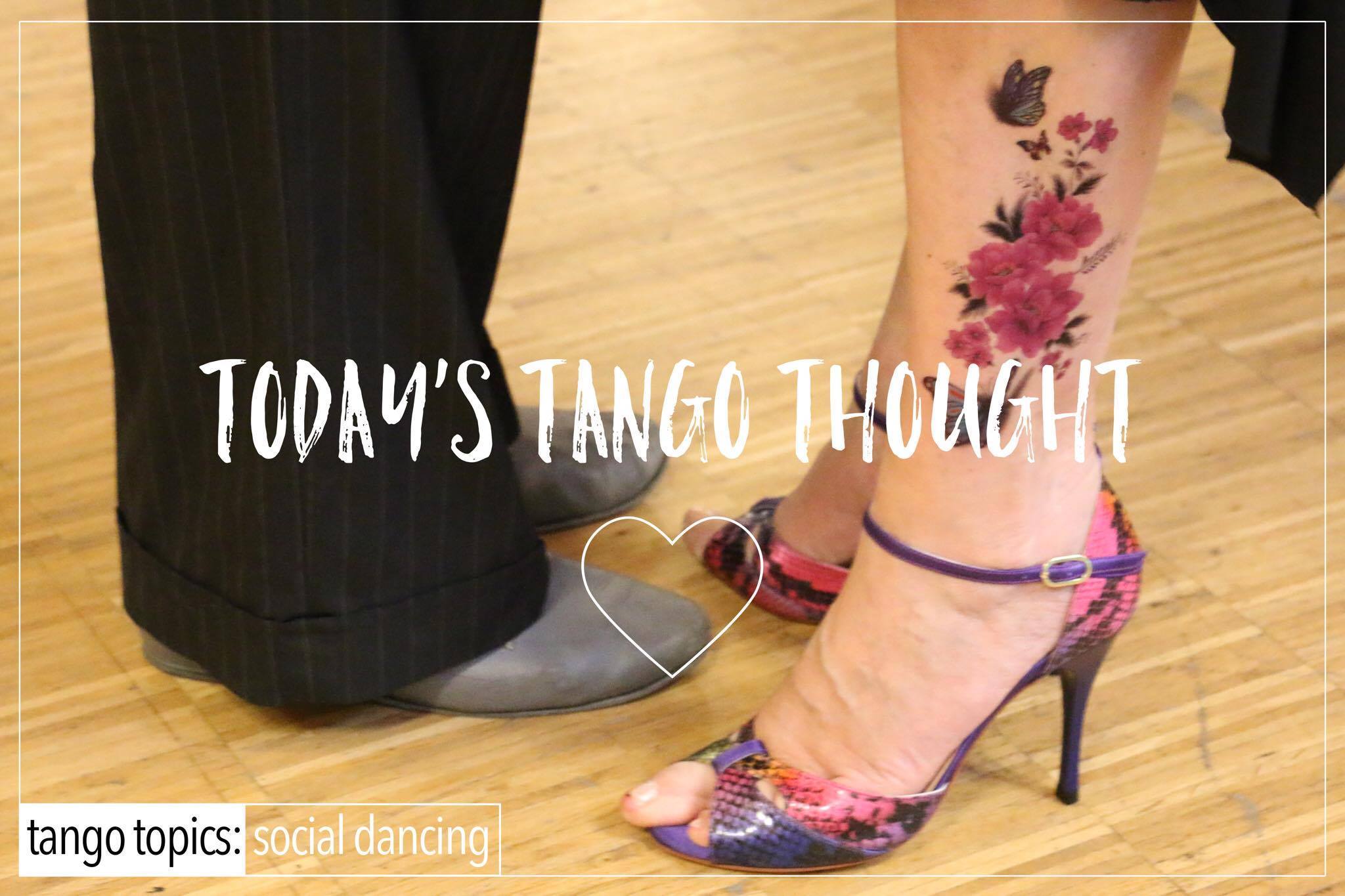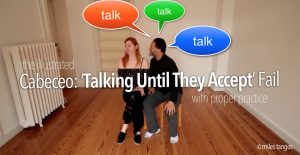‘Execution’ is not about killing something or someone.
No. It’s all about doing or performing an action in a timely, detailed, and precise way.
When it comes to Argentine Tango ‘Execution’ is absolutely critical to your success to becoming a desirable dancer.
Properly execute, with ease, effortlessly, and you dance. It’s that simple. Poorly execute X, Y, and Z and regardless of role, or what you believe about your abilities, you are going to sit. 🙁 Further clarity: ‘X’ is vocabulary. ‘Y’ is Musical Interpretation. And ‘Z’ is Floorcraft!
The problem is fourfold:
a.) Most people don’t know that they’re not properly executing X, Y, and Z. They just assume that they are. 🙂
b.) They’re not aware of what they feel like, so they’re living in a bubble of self ignorance or an echo chamber (because no one complains).
c.) They don’t care. This is ‘fun’ for them. They can’t see that being skilled at something, and executing that skill, is the ‘fun’ part that they seek!
d.) Feedback, and detailed feedback (which IS required) is an anathema to them.
To further compound the problem is that most people hear this word ‘execution’ and all they can see is perfectionism, or to be perfect with the dance. And for these people (and there are a lot of them) you quite literally can not get passed this issue with them. They can not and will not hear anything else you say after you use this word with them. It’s considered a taboo word. Best to avoid it altogether.











